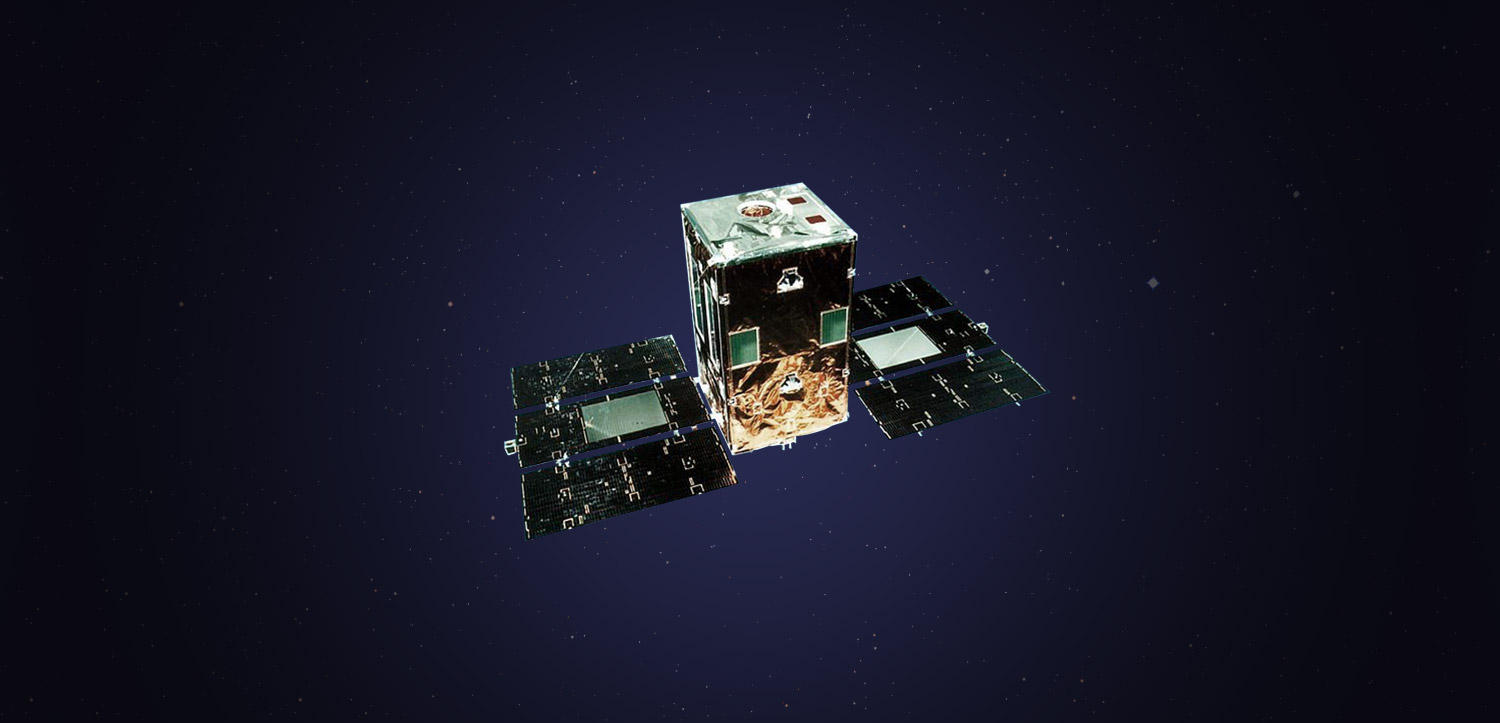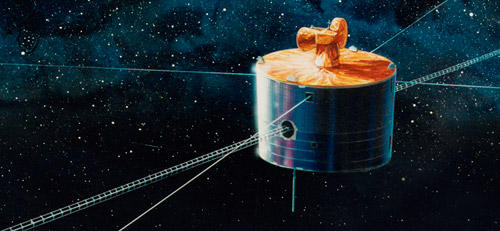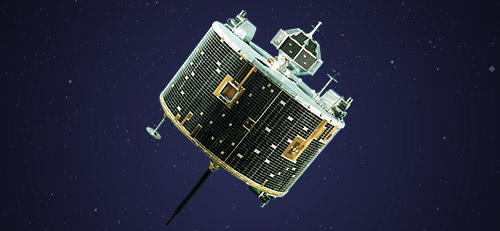| Name (pre-launch in parentheses) | YOHKOH (SOLAR-A) |
|---|---|
| International Designation code | 1991-062A |
| Objectives | Observation of solar flares during maximum period of solar activity and observation of physical phenomena of solar coronas related to solar flares |
| Launch Date | August 30, 1991 |
| Launch Location | Kagoshima Space Center (Uchinoura) |
| Launch Vehicle | M-3SII-6 |
| Weight | 390 kg |
| Shape | Rectangular parallelepiped (1m x 1m x 2m) Equipped with two folding-type solar-array paddles |
| Orbit Altitude | Perigee 550 km, Apogee 600 km |
| Orbit Inclination | 31° |
| Type of orbit | Near circular |
| Period | 98 min |
| Scientific Instruments | 1.Soft X-ray telescope (SXT) To read out soft X-ray images produced by a grazing-incidence reflection mirror with CCD. Also included an automatic observation control function at a high resolution of about 3 arc sec using computer. 2.Hard X-ray telescope (HXT) To conduct X-ray observation in the region of more than 30keV for the first time in the world as an imaging telescope. Higher sensitivity by one order of magnitude compared to conventional telescopes. 3.Bragg crystal spectrometer (BCS) To conduct optical diagnosis of ultra high-temperature plasma 4.Wide-band spectrometer (WBS) To conduct spectroscopic observation of the wide-energy region from soft X-ray to gamma ray |
| End of Operation | April 23, 2004 |
| Reentered Date | September 12, 2005 |
| Operation | On December 15, 2001, YOHKOH passed through the annular eclipse zone over the south Pacific and, as a result, an anomaly occurred with its attitude. The reductions in power generation by the solar-array paddles and the charged amount of batteries shut down the power supply to the observation instruments and we had to abandon observations. The satellite, in its spinning state, continued operation with minimum functions. As it was impossible to expect the batteries to recharge, we stopped radio transmission to the satellite at the end of April 2004, ending the satellite’s operation after more than 10 years. |
| Results | A number of revolutionary scientific results were obtained including world-first discoveries such as the fact that solar coronas change their structure dynamically at various time-scales and that explosive phenomena such as flares are in fact "magnetic reconnection" phenomena in the corresponding coronas. |



